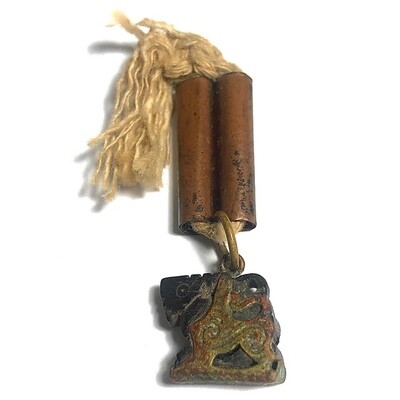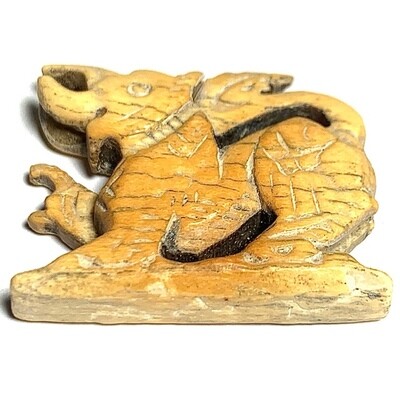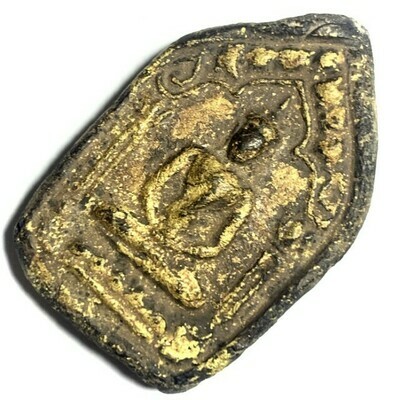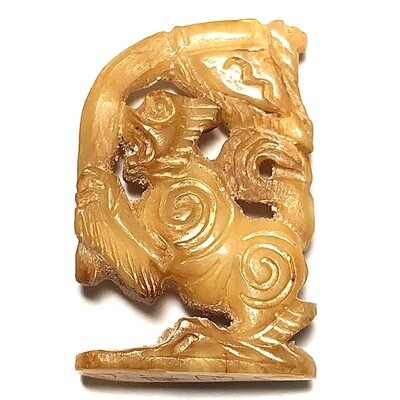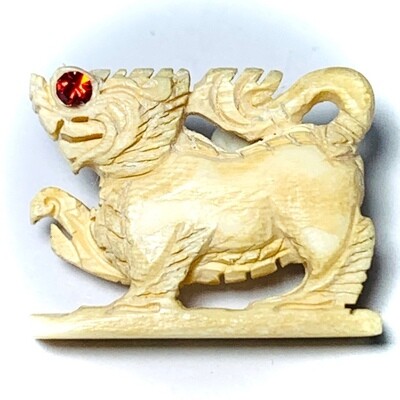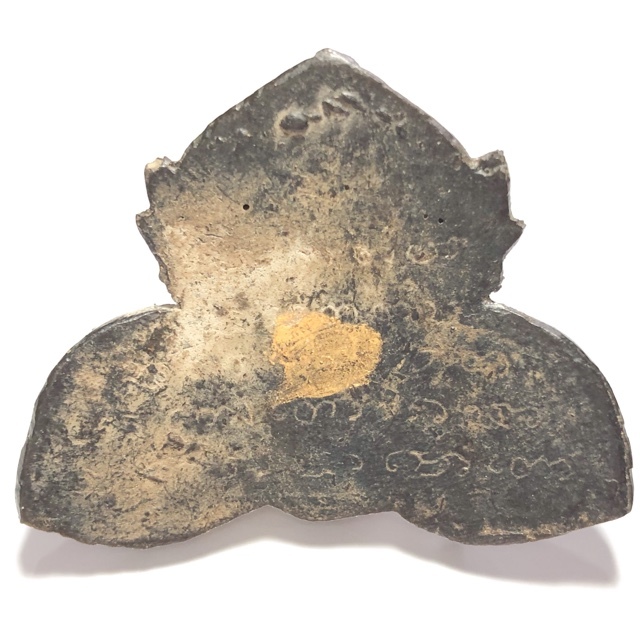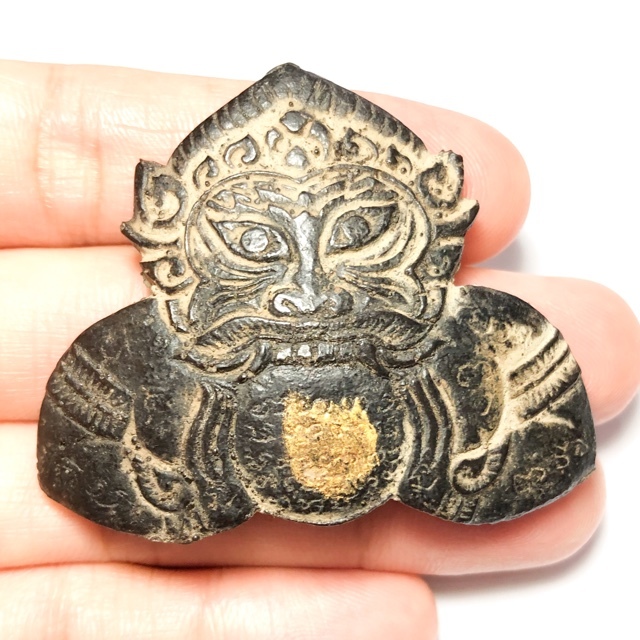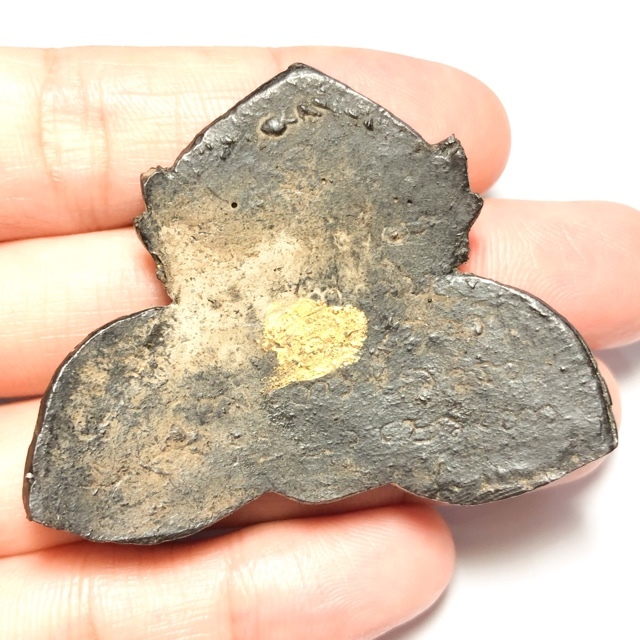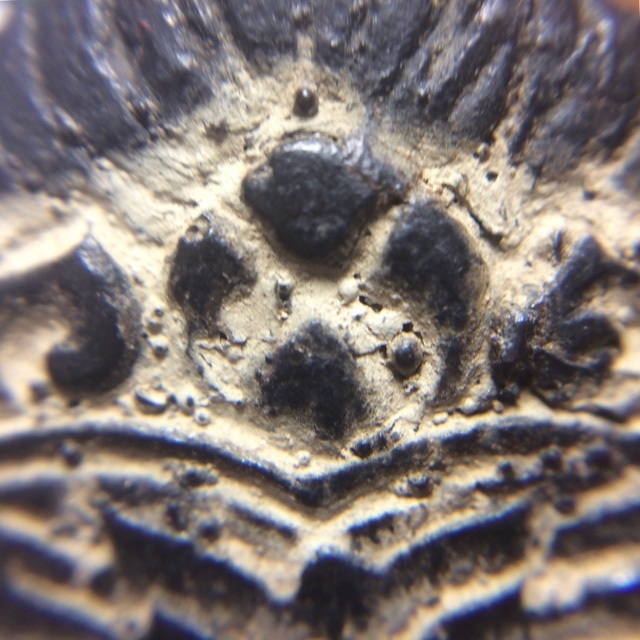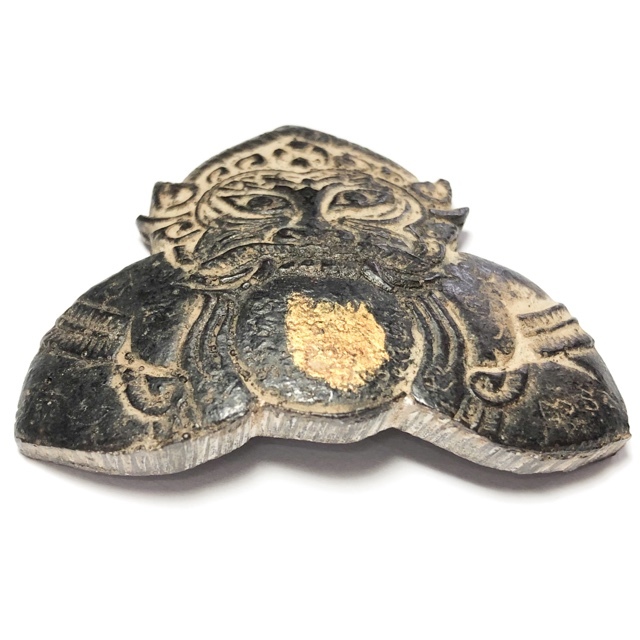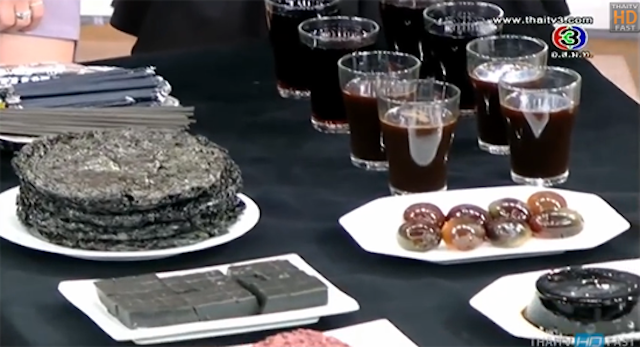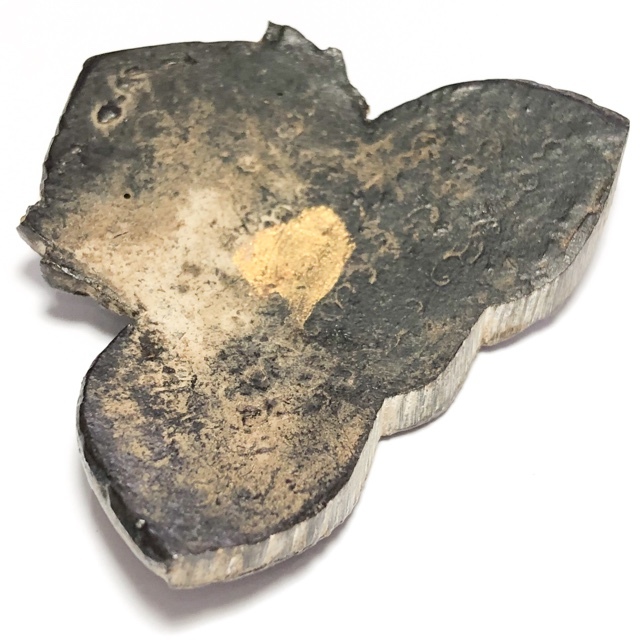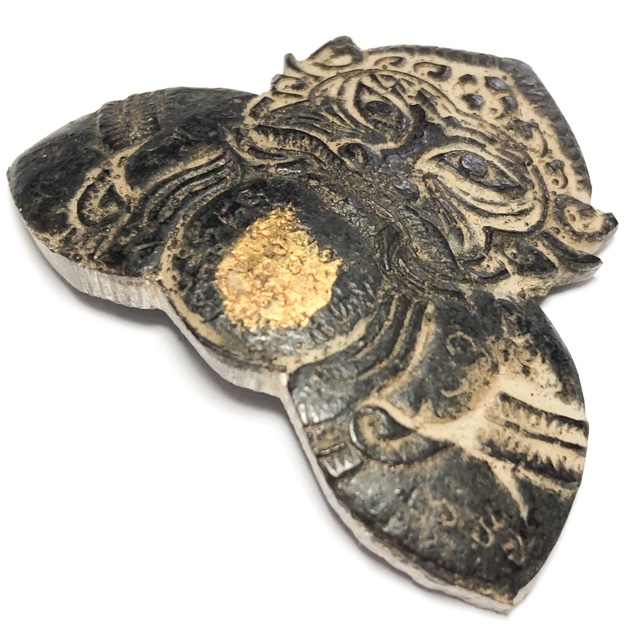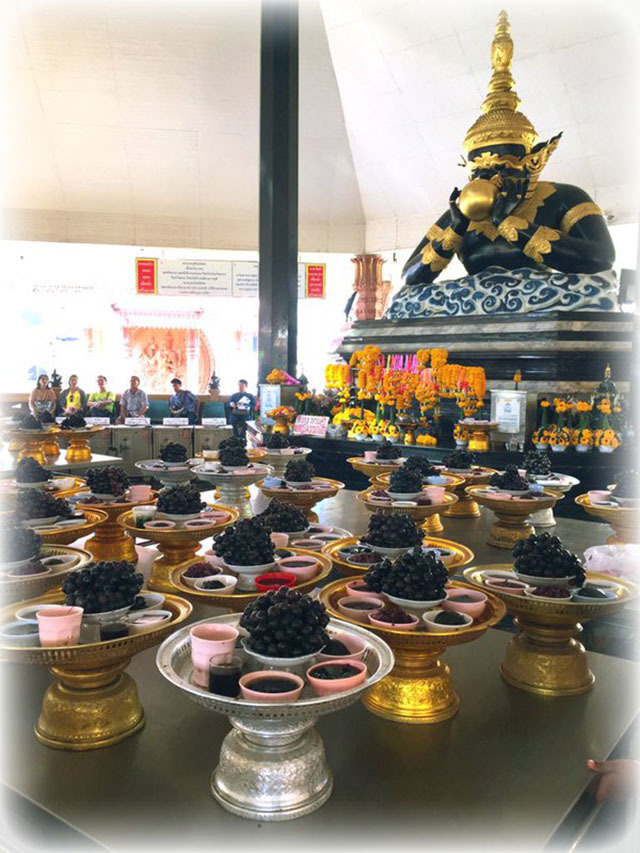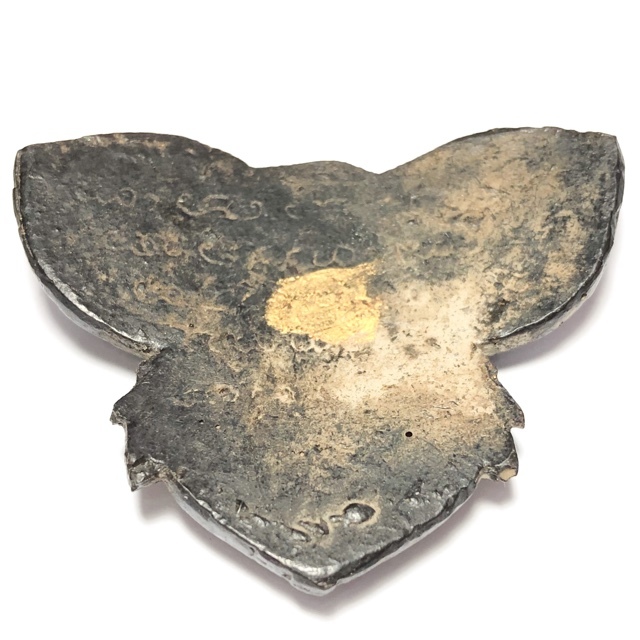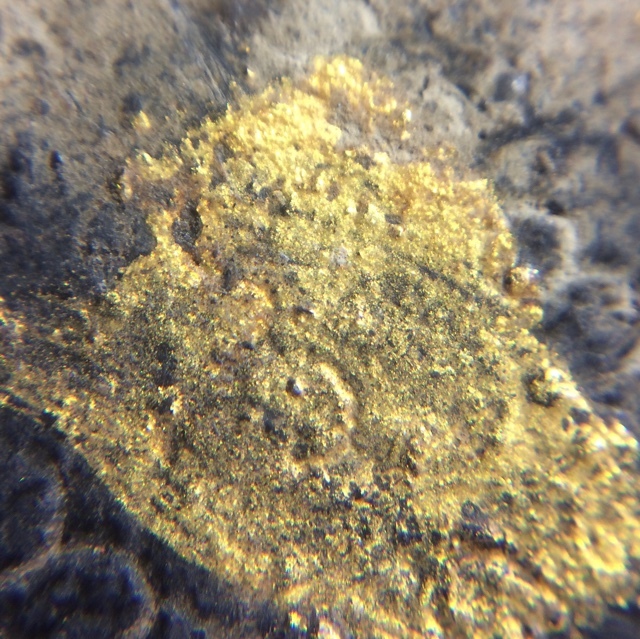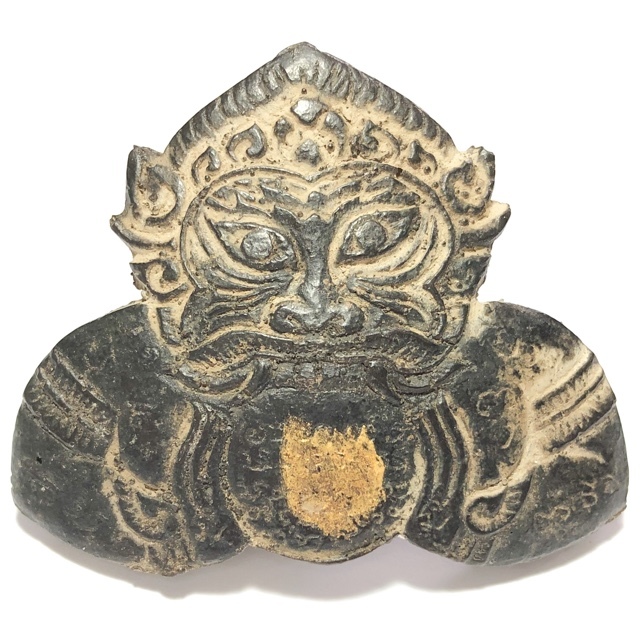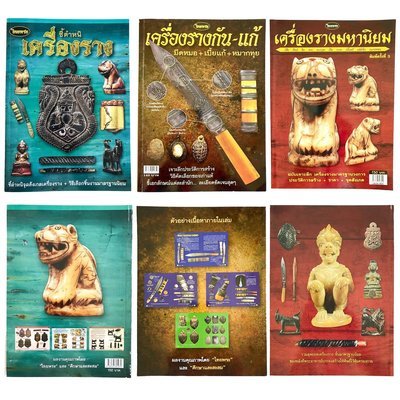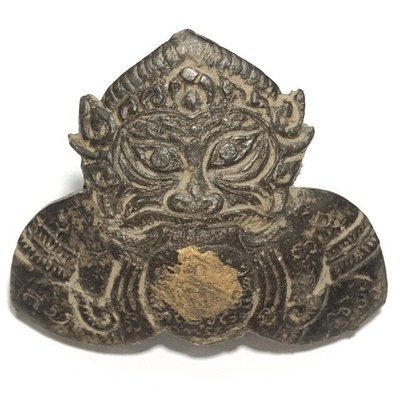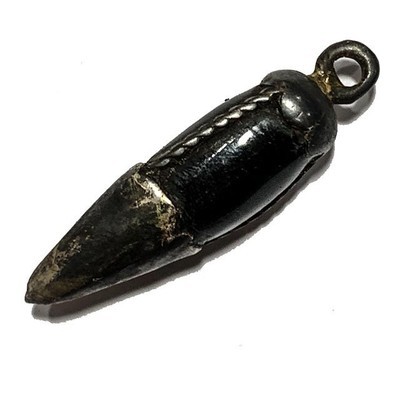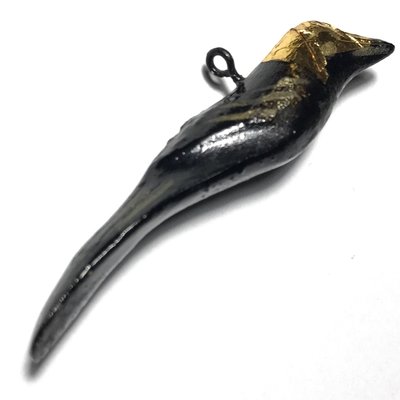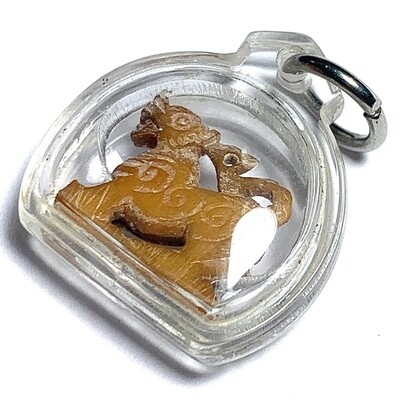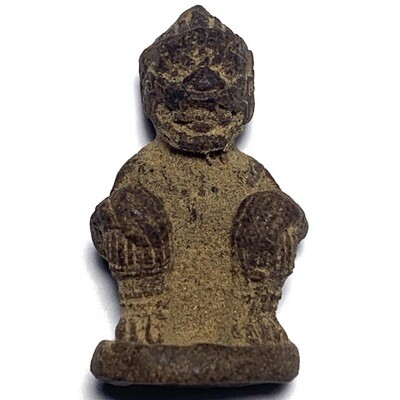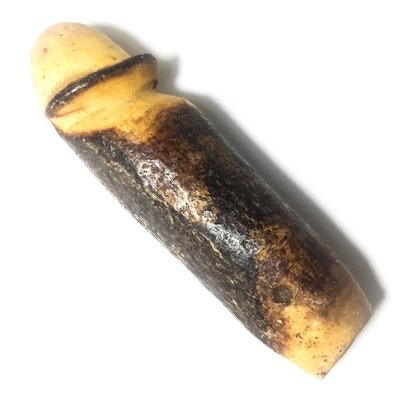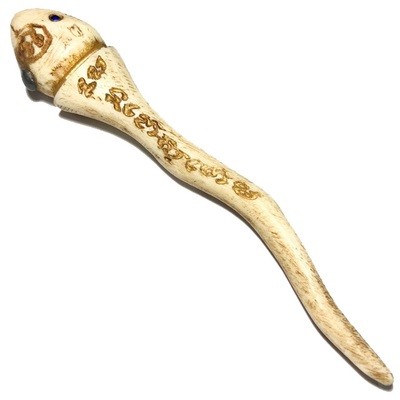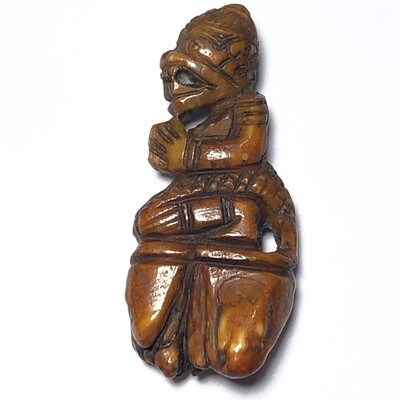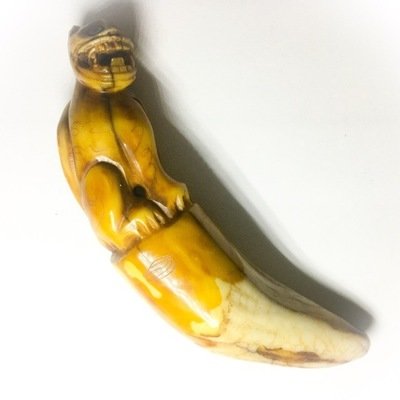
Ancient Amulet Store – Purveyors of preferred Classic Thai Buddhist Amulets for the True Devotee and Distinguished Collector
Discover the immensely deep and fascinating world of Vintage Thai Buddhist Amulets. Ancient Amulet is a long term established and internationally recognized Vintage Amulet Shop, and A Trusted Source for Classic Thai Buddhist Amulets for Devotees and Discerning Collectors, and is one of the many sub projects of informational sources created by Thai Amulet, Buddhism and Thai Occult Expert, Ajarn Spencer Littlewood . as part of his ‘Buddha Magic Project‘
Ancient Amulet provides authentic Antique and Rare Thai Amulets of the Pre and Early Post-Modern Era, of high esteem and Sacred Value, to revere, study and collect. Our Ancient Thai Buddhist Amulets are selected from the finest exhibits we can discover, and given diligent study and authentication processes. Our collection showcases time-honored amulets crafted by ancient masters, boasting captivating qualities and representing the esteemed Pra Niyom class. We offer authentic, highly valued ancient Thai Buddhist amulets from the pre and early post-modern eras, carefully selected from the finest exhibits and thoroughly examined. We invite you to study, revere, and collect these classic amulets from ancient masters, and to learn about their magical aspects and the art of amulet evaluation
Pra Rahu Om Jantr Pim Gleeb Bua 1 Eyed Coconut Shell Hand Carved Spell Inscriptions Luang Por Pin Wat Srisa Tong
Pra Rahu Om Jantr Nuea Kala Ta Diaw Pim Yai (Large size - 5.2 x 4 Cm) Pim Niyom (preferred) Master Class Exhibit, of a very rare and extremely beautiful hand carved Pra Rahu Asura Deva amulet, with the classic and preferred features of a Pra Niyom Preferred Category amulet, with the finer carvings of a top artisan, making this exhibit an extremely attractively fashioned front face design, with inscriptions from Luang Por Pin visible on the rear face, fulfilling all the requirements for Pra Niyom Classification.
This exhibit is visibly recognizable as having been carved by one of the preferred master-artisans of Wat Sri Sra Tong, and contains all of the desired traits necessary to make this a Pim Niyom Master-Class amulet of Showcase Quality, and a pristinely hand carved sacred art piece that is rare to find in this day and age with this level of detail.
Most of Luang Por Pin's carved Kala Ta Diaw are less finely carved thn this exhibit, which is for this reason a highly desirable acquisition for those who place value on the visual aesthetics, for showcase and competition, and for perfect aesthetics when worn as a pendant. Although the rarest items carved designs by his best artisan devotees are sometimes extremely filigrain, and fine pieces of Budddhist Art in their own right.
Free Registered Air Parcel Shipping Worldwide is Included with this amulet. The front face Bears the image of Pra Rahu Asura Deva, swallowing the moon and sun, the interior details of the amulet have been fashioned with very detailed and Masterfully made decorative carvings in the 'Gleep Bua' Lotus Petal shape. This full top half torso shape is unusal, and rarer to find than the Pim Sema Kwam shield shape, for which the Pra Rahu Amulets of Wat Sri Sa Tong are so famous for. The amulet is also honed down to be very flat and slim, which is an effect so very difficult to achieve, but which the Wicha of Luang Por Pin, and his Kroo Ba Ajarn Luang Por Noi, allows to fashion the curve out of the coconut shell, by soaking the shells in sacred oils before they are carved.
The rear face has been inscribed with the full formula of inscriptions from Luang Por Pra Ajarn Pin, completing the list of desired traits for Pra Niyom Class amulets ('Krob Suudt').
The amulet has been carved according to the Artistic and Magical Principles of the Laoatian Wicha of Luang Por Noi, from Kala Ta Diaw (one eyed coconut shell), from a highly preferred top master of Wicha Pra Rahu, Luang Por Pin, of Wat Srisa Tong, in Nakorn Pathom. There are many levels of detail found in the carved Kala Ta Diaw of Luang Por Pin, ranging from that of the simple village artisan, to the fine master craftsman. This exhibit is carved into a wide shape with outward stretching elbows in full form of swallowing the moon/sun, and has an extremely high level of detail, revealing it to have been carved from one of the Master Artisans of the temple. When amulets were carved, many different artisans would lend their hands to helping to carve the coconut shells, but some artisans were
A rare and classic Sacred amulet, empowered with the World Famous Wicha of Wat Srisa Tong, empowered with the Magic of the preceding Lineage Masters of Wat Srisa Tong; Luang Por Dto, Luang Por Dtrai, Luang Por Dtan, Luang Por Lee, Luang Por Tong, Luang Por Choi, and his Kroo Ba Ajarn Luang Por Noi before him. The amulet is for Bucha to Pra Rahu Asura Deva of the Solar and Lunar Eclipse, carved by an artisan of Wat Sri Sa Tong, and empowered in the eclipses of sun and moon, and finally in the Bucha Kroo Luang Por Noi Ceremony at Wat Srisa Tong, with Luang Por Pin, presiding over the Blessing Ceremony.
The Pra Rahu amulets of Luang Por Pin and his Predecessor Noi, of Wat Srisa Tong, are amongst the top 3 Rahu Amulets of the History of Thai Amulets, along with those of the Great Lanna Master Kroo Ba Nanta, of Wat Thung Man Dtai. Luang Por Pin was the Looksit Aek (first and roemost apprentice in Wicha), to the Great Luang Por Noi, previous abbot of Wat Srisa Tong, who bestowed the Wicha onwards to Luang Por Pin in its entirety.
The Wicha Pra Rahu Kala Ta Diaw of Wat Srisa Tong is perhaps the most famous of all temples in Thailand, with its lineage of great Guru Master Sorceror-Monks who have practiced this Wicha in lineage transmission since ancient times. Both Luang Por Noi, and Luang Por Pin enjoy top status for Pra Rahu Kala Ta Diaw amulets, as does the temple of Wat Srisa Tong itself. When we speak of the Pra Rahu Sema Glab amulet in carved coconut shell, one immediately comes to mind with the names of Luang Por Noi, and Luang Por Pin synonymously.
If you feel that your Fate and Horoscope is not Auspicious, then it could be that Pra Rahu is interfering. You can solve this problem by making Bucha offerings to Pra Rahu every Wednesday;
Light 10 black incense sticks (‘Toop’ in Thai), and five types of black offerings (e.g. black sticky rice, black jelly grass drink, black semolina or sago pudding and the like).
12 repetitions of the Kata Bucha Pra Rahu are to be Chanted;
Idtipiso Pakawaa Pra Rahuu Sataewaa Samaa Winyaana Idtipiso Pakawaa Putta Sangmi
The rear face has inscriptions of Kata Akom in Lanna Agkhara Sanskrit Script.
Kata Surya Buppaa (to be chanted in the daylight)
Gusaedto Ma Ma Gusaedto-dto Laalaa Ma Ma Dtolaamo Tolaamo Ma Ma Tolaamo Ma Ma Tolaamodtang Haegudti Ma Ma Haegudti
Kata Jantra Bupaa (to be chanted in the night time)
Yadt-thadtang Ma Ma Dtangthaya Dtawadtang Mamadtang Wadtidtang Saegaa Ma Ma Gaasaegang Gaadtiyang Ma Ma.Gaadtiyang Ma Ma Yadtigaa
When you begin to Bucha Rahu Deity, you should make the first ever session in the evening of a Wednesday (any time from 7 pm onwards). After you have done this once, you can make Bucha in the daytime if you wish, but the first time you must include the food offerings of black foods as well as the black incense. The second time onwards, only the incense is necessary in the daytime, if it is a lot of trouble to get the food offerings.
The Pra Rahu Kala Ta Diaw of Luang Phu Noi and Luang Por Pin, are the most prestigious of all in the eyes of the Pra Niyom Collector Community. The Rahu amulets of Wat Srisa Tong themselves were made by Artisans, who were devoted Looksit of Luang Por Noi, who were mostly immigrants from Vientiane, in Laos, who moved to Thailand during the early Ratanakosin Period of Thai History. Luang Por would then would distribute them back to the devotees for protection and Serm Duang (improve fate and destiny).
As the Lao artisans began to develop their skills and experience repeatedly carving the coconut shells, the design became ever more finely tuned and increasing in beauty, but due to the fact that there were a large number of artisans all making these carvings, the designs would be varied both in appearance of features, and in the quality and amount of detail.
Wat Srisa Tong
As the earthen foundations of the temple of Wat Srisa Tong were being dug for the building of the temple, a golden Buddha Head was discovered, and because of this, the Temple was first given the name 'Wat Hua Tong' which means 'Temple of the Golden Head'.
The word 'Hua' means 'head' in colloquial Thai, but for referring to a Sacred Image of a Deity or a Buddha (or a Monk), the word 'Srisa', which also means 'Head', in high speech, is preferred. So the name was then changed later to 'Wat Srisa Tong'
The first Abbot of the temple was Luang Por Dto, who was one of the Laoatian people who had immigrated from Vientiane. Luang Por Dtrai developed the temple continually. The Lao people who built the temple had many artisan who knew that Luang Por Dtrai had powerful Wicha Akom and the sectrets of the Laoatian Wicha Pra Rahu Om Jantr, and so they carved Rahu Amulets from one eyed coconut shells using the traditional Lao Artistic style, to give to Luang Por Dtrai for empowerment.
Over the years, Wat Srisa Tong grew constantly throughout the lineage of Abbots, from a small temple into a large impressive temple over the years. After Luang Por Dtrai's passing, he was succeeded by the new Abbot, Luang Por Dtan, who was succeeded by Luang Por Lee, who was then succeeded by Luang Por Tong, after which came Luang Por Choi, and then cam the fifth Abbot, Luang Por Noi Kantachodto.
It was the second Abbot, Luang Por Lee, who inherited and continued the Wicha Pra Rahu Om Jantr in the Lao tradition from Luang Por Dtrai. Luang Por Noi was also one of the Lao People of Srisa Tong municipality in Nakorn Chaysri, who during his time as a Buddhist Monk before becoming Abbot, was practicing at Wat Srisa Tong, and learned the Wicha of Luang Por Dtrai from Luang Por Lee, and ascended later to become the next Master Adept.
This adepthood was supported by a strong foundation in the Wicha Pra Rahu Om Jantr from Luang Por Noi's Father, who was also a Laymaster of Lao Sorcery too, and who made carved Rahu amulets and empowered them.
So Luang Por Noi got to learn this Wicha from his Father from a very early age, and this made him the perfect apprentice for Luang Por Lee to pass on his Wicha of the Pra Rahu Om Jantr Kala Ta Diaw. Luang Por Noi brought the Wicha Pra Rahu Om Jantr Gae Kala Ta Diaw begun by Luang Por Dtrai, passed to him through Luang Por Lee, to World Fame, through his higher development of the artistic features of the artisanry and design of the carved coconut shell images.
Below; Luang Por Noi
Luang Por Noi did this by raising a more stringent rule for the magical requirements in allowing only coconuts with one single eye to be used for the carving of the Rahu image.
Luang Por Noi then passed on in turn all of his accumulated knowledge and prowess and the secrets of empowerment of the Pra Rahu Kala Ta Diaw, to Luang Por Pin. It is then with Luang Por Pin, that the Wicha Pra Rahu Kala Ta Diaw was given to preserve and continue. Luang Por Pin then became the Master of the Wicha after the Passing of Luang Por Noi.
Below; Luang Por Pin
The Wicha continued on with the next abbot Luang Por Manich, who has also passed away in 2559 BE. We await the appearance of the next Master of the Wicha Rahu of Wat Srisa Tong, and hope to find and present as many examples of the amulets of this lineage as we can over the coming years, to collect and admire.
